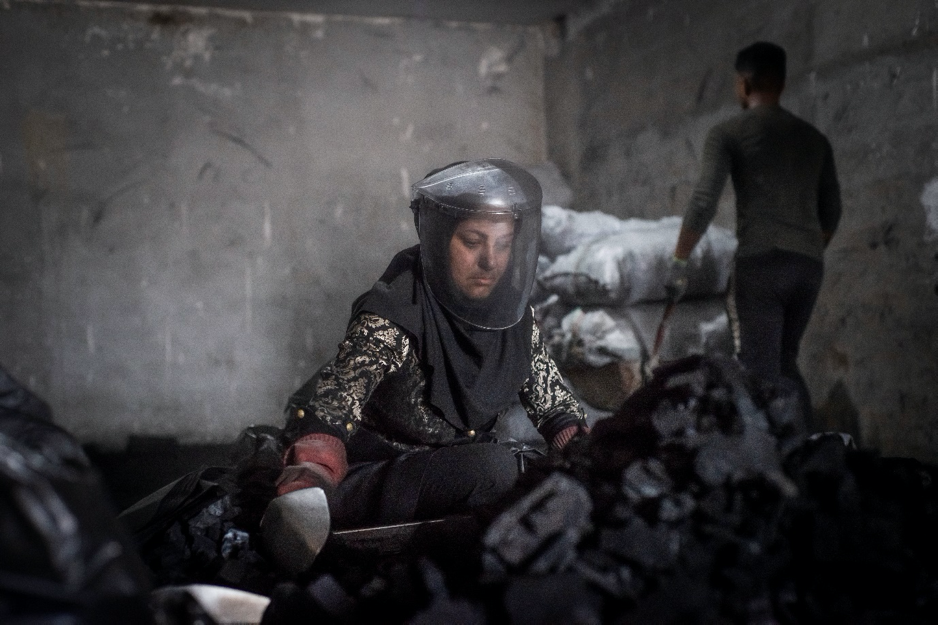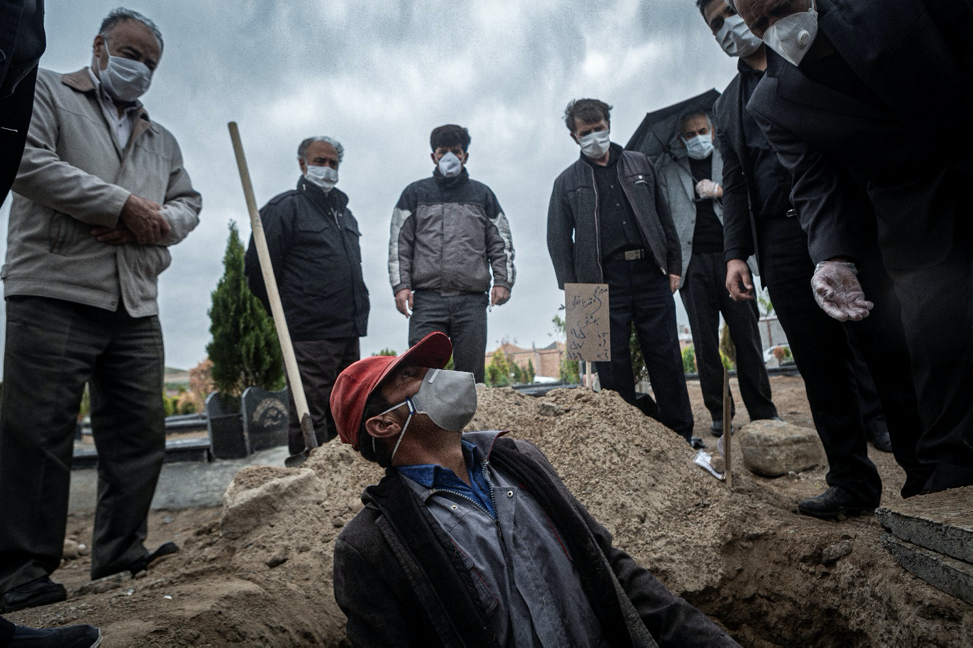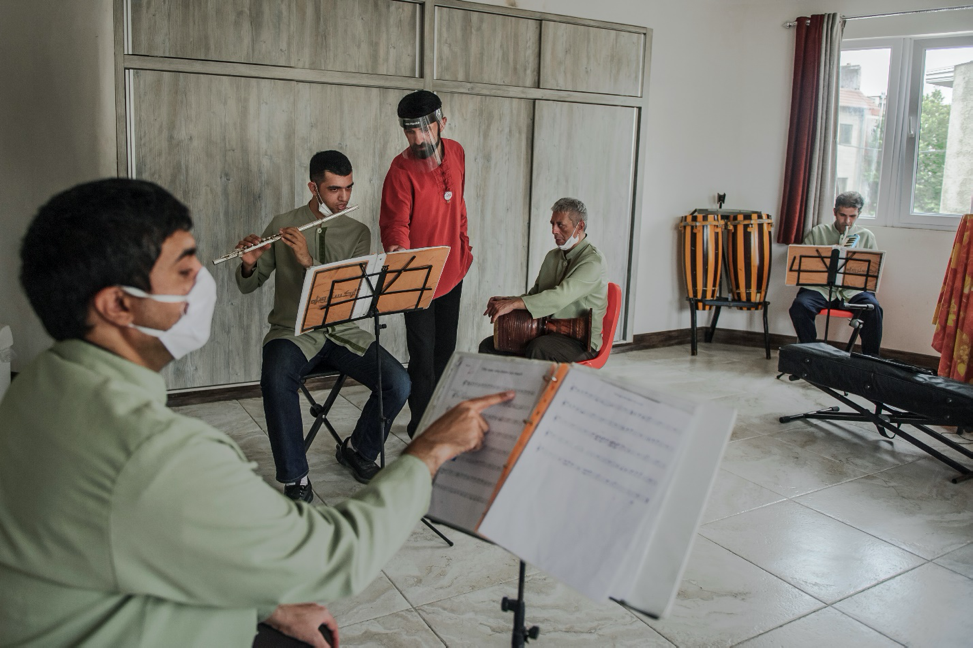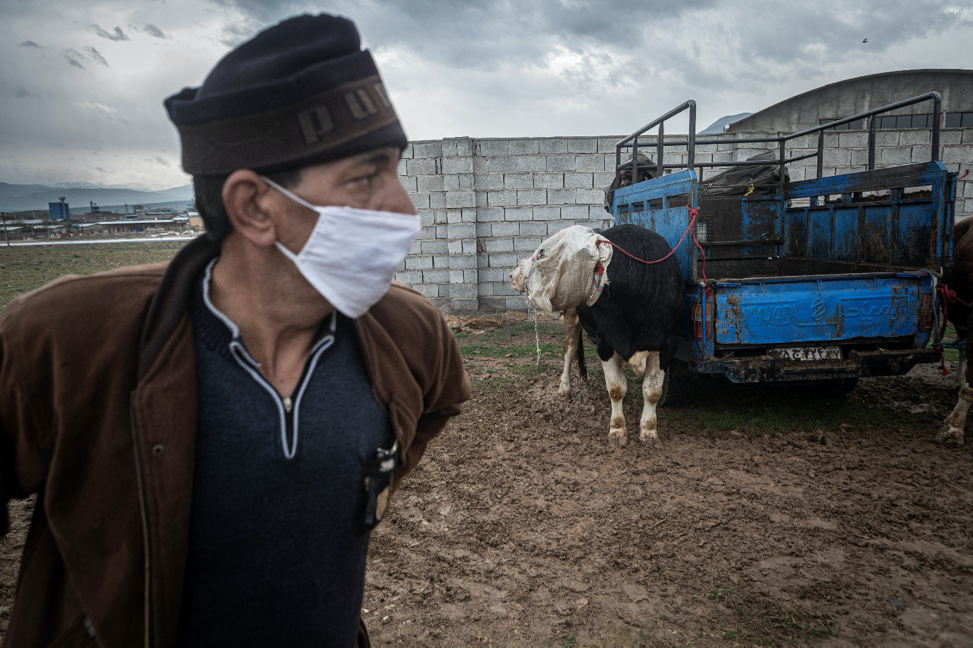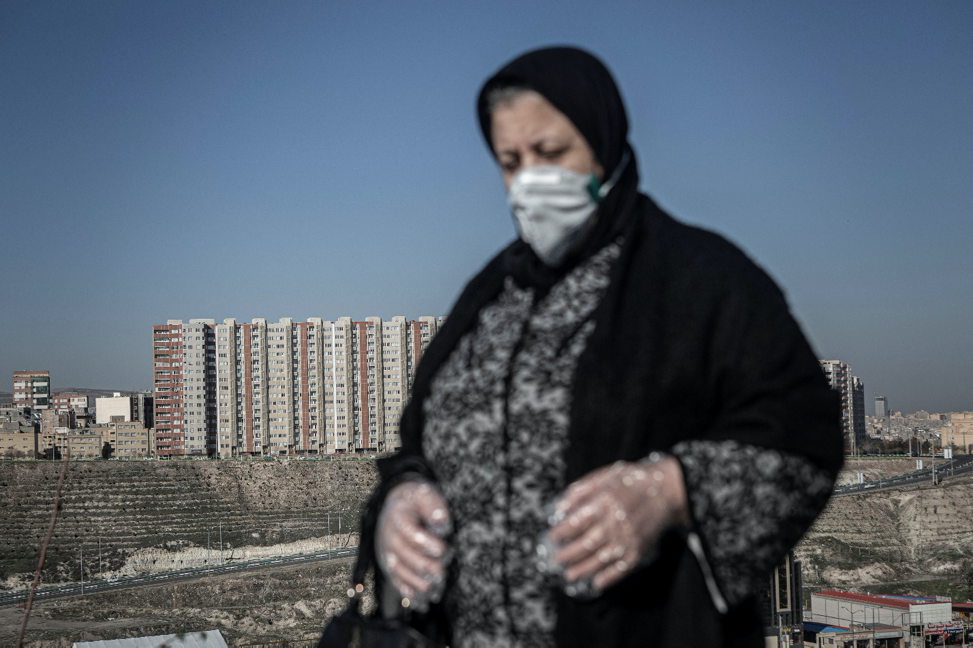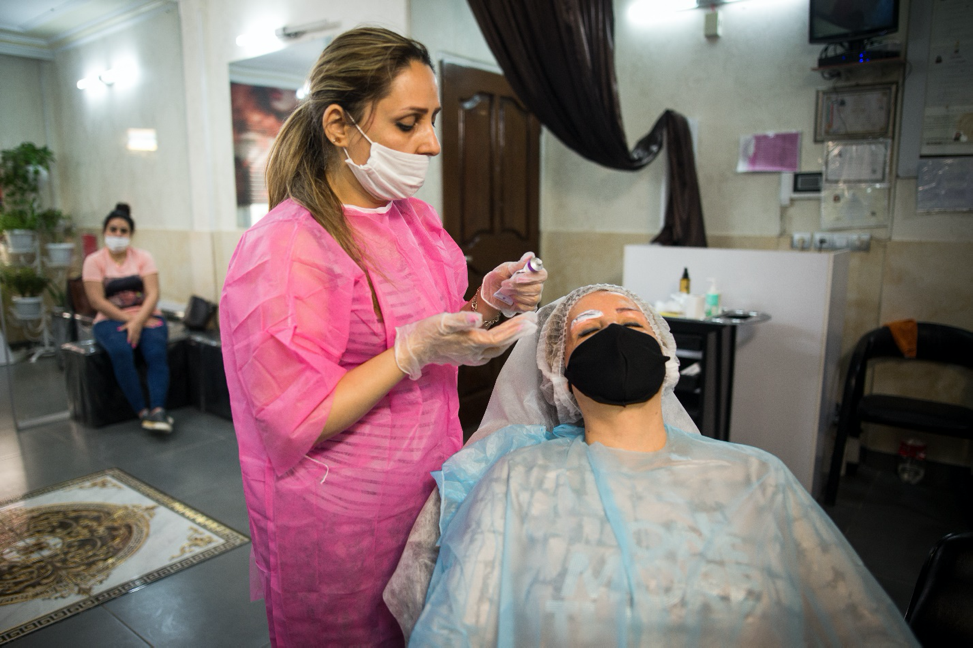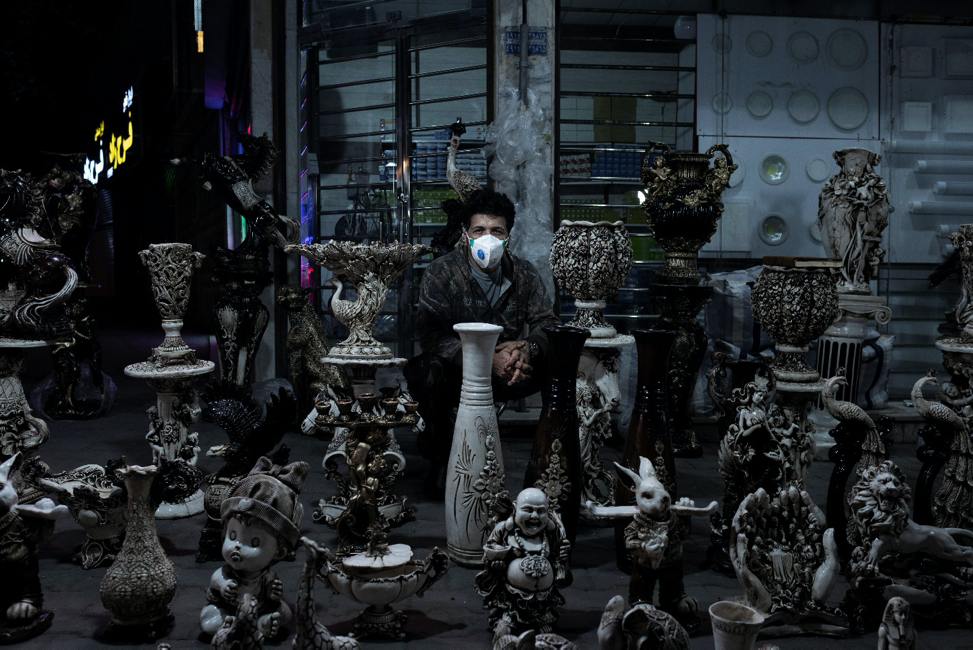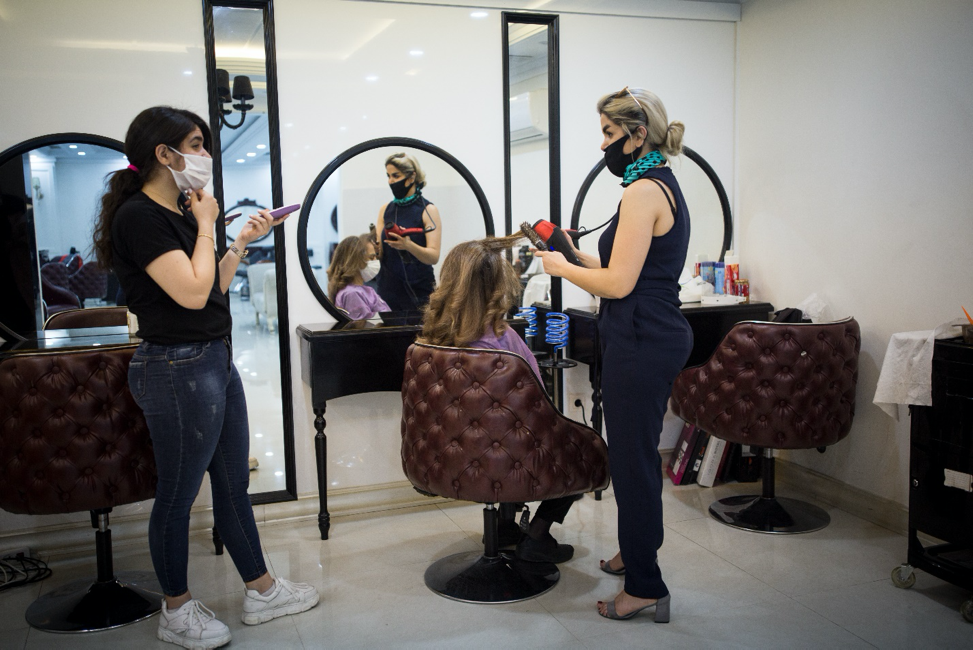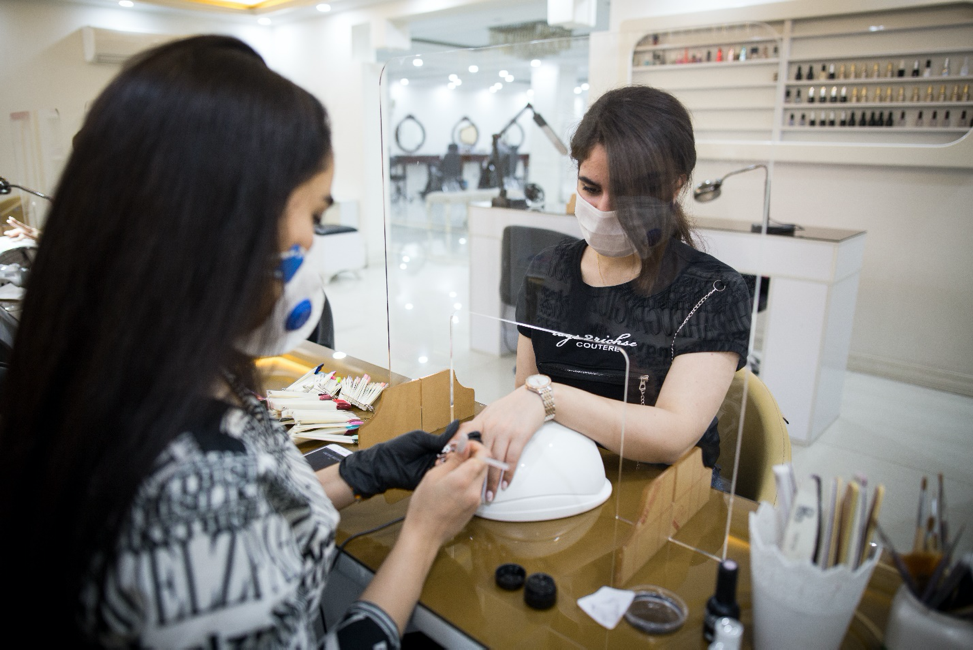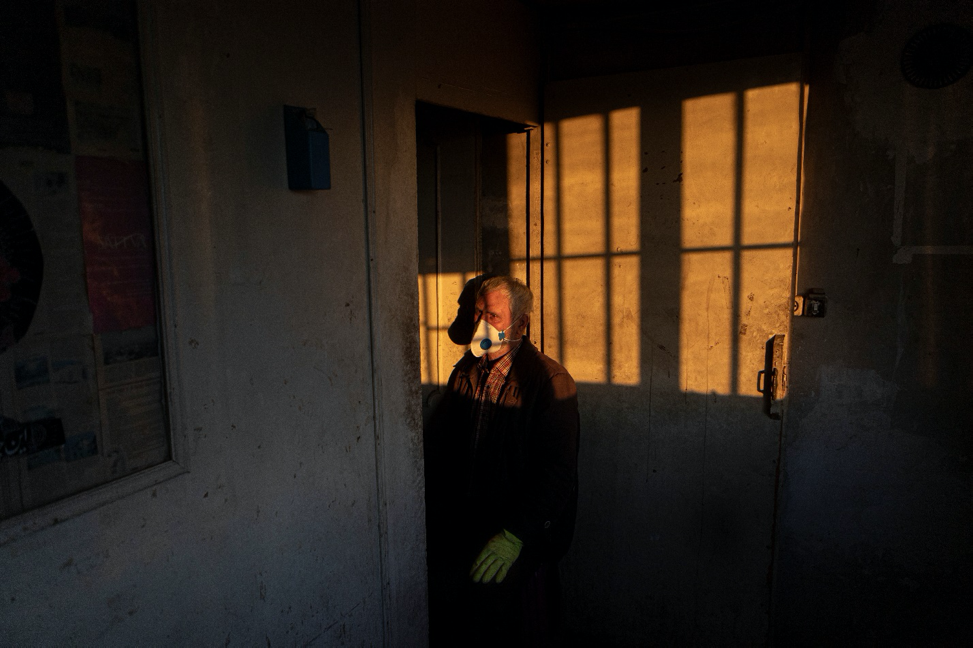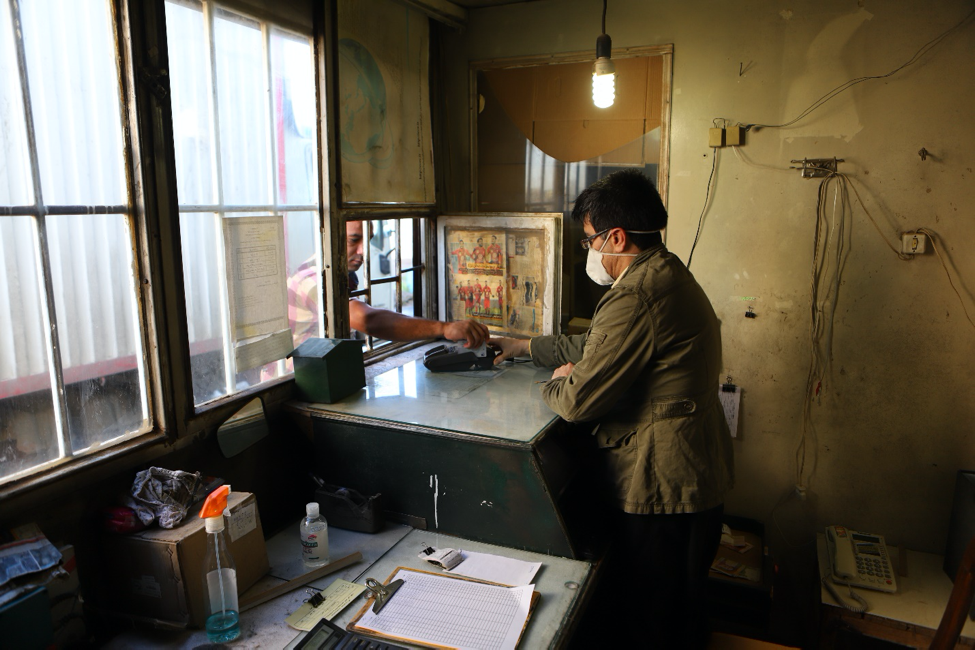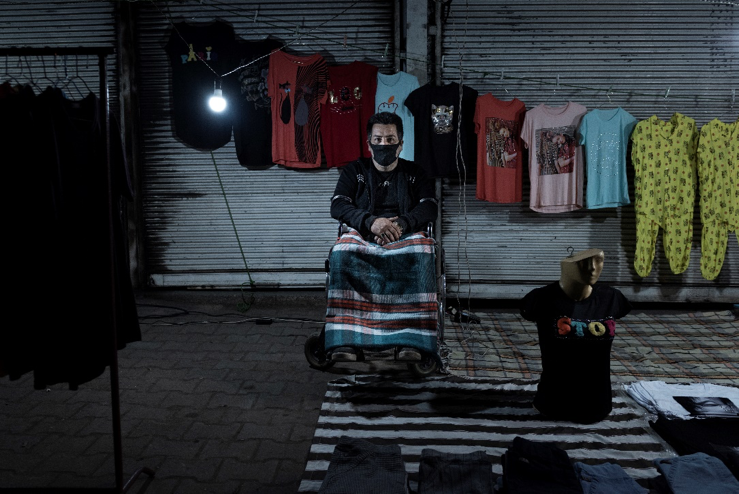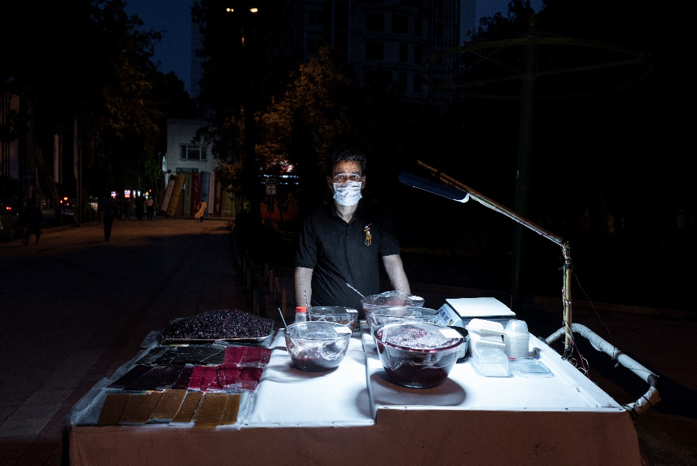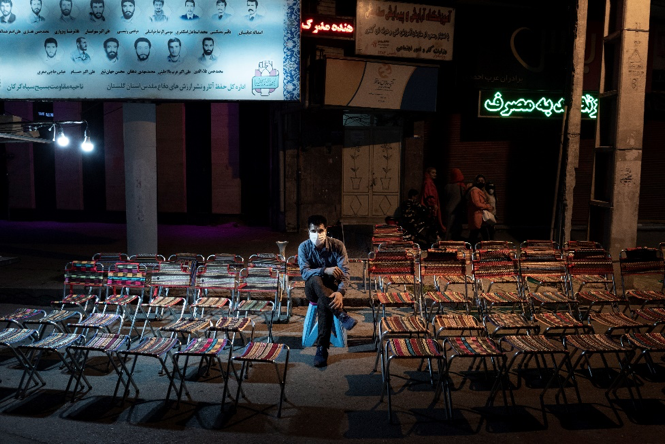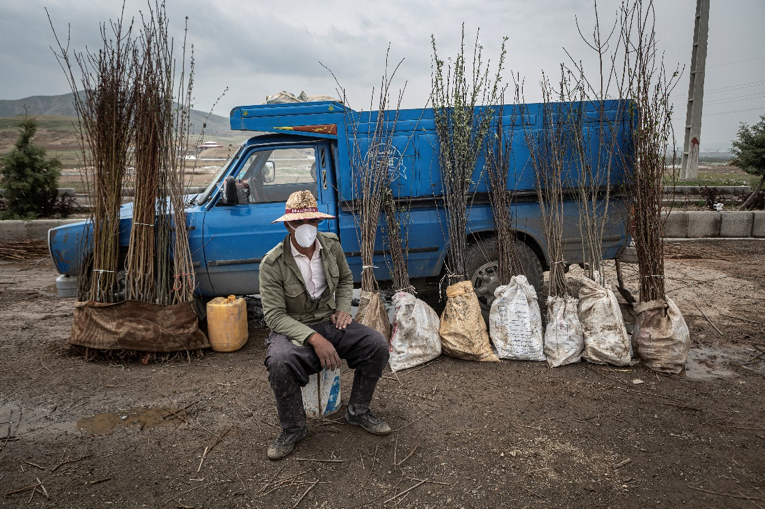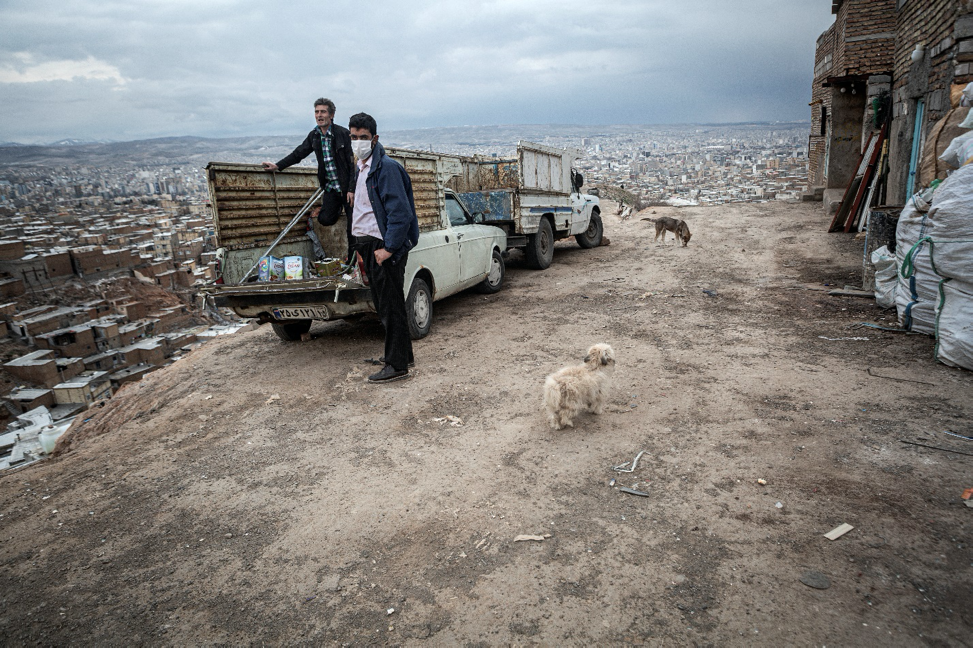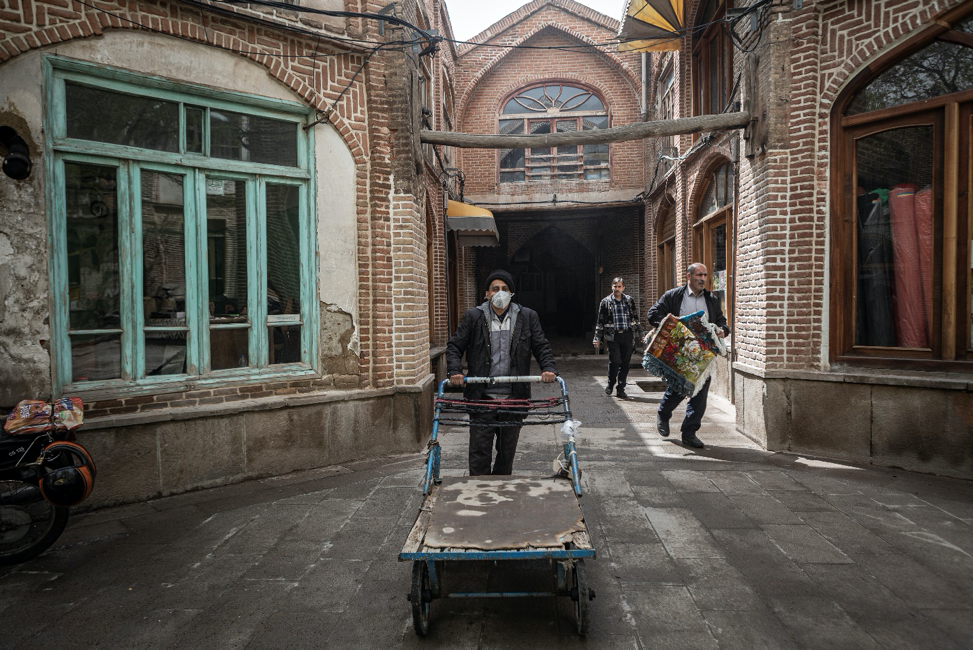For the full article by Amund Bakke Foss examining the state of COVID-19 in Iran and profiling the photographers whose work is featured above, please visit VG's website. At the end of May, Iran was hit by a second wave of the coronavirus. These photographers have looked around different corners of the country to depict the difficulties of everyday life during the crisis.
COVID-19 Update: The connection between local and global issues–the Pulitzer Center's long standing mantra–has, sadly, never been more evident. We are uniquely positioned to serve the journalists, news media organizations, schools, and universities we partner with by continuing to advance our core mission: enabling great journalism and education about underreported and systemic issues that resonate now–and continue to have relevance in times ahead. We believe that this is a moment for decisive action. Learn more about the steps we are taking.
